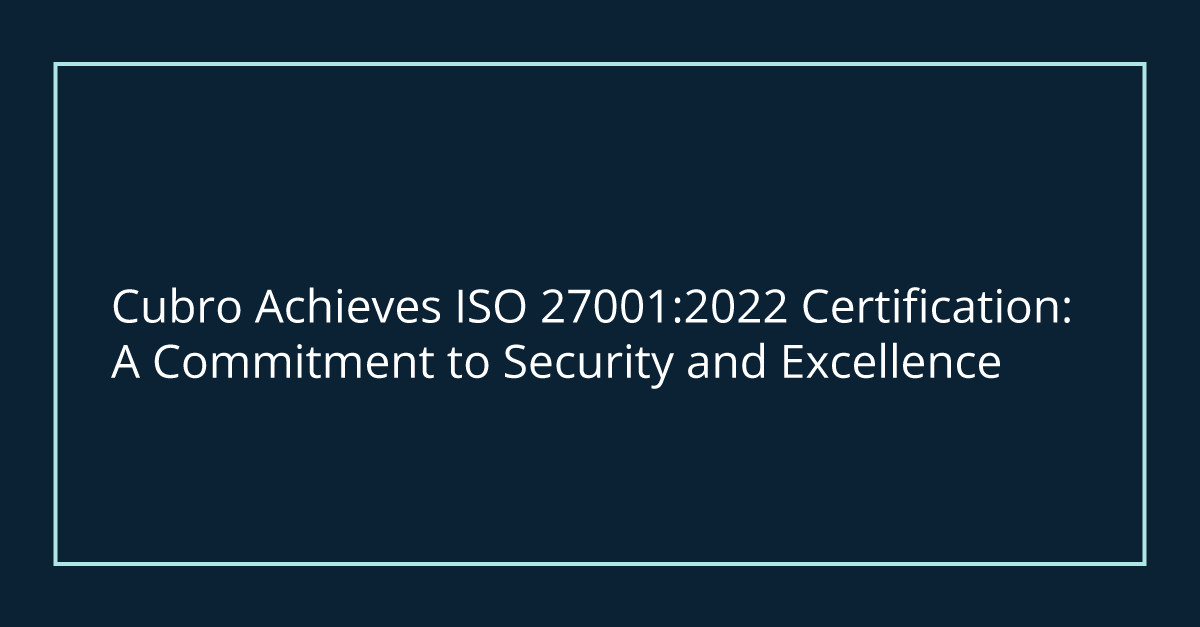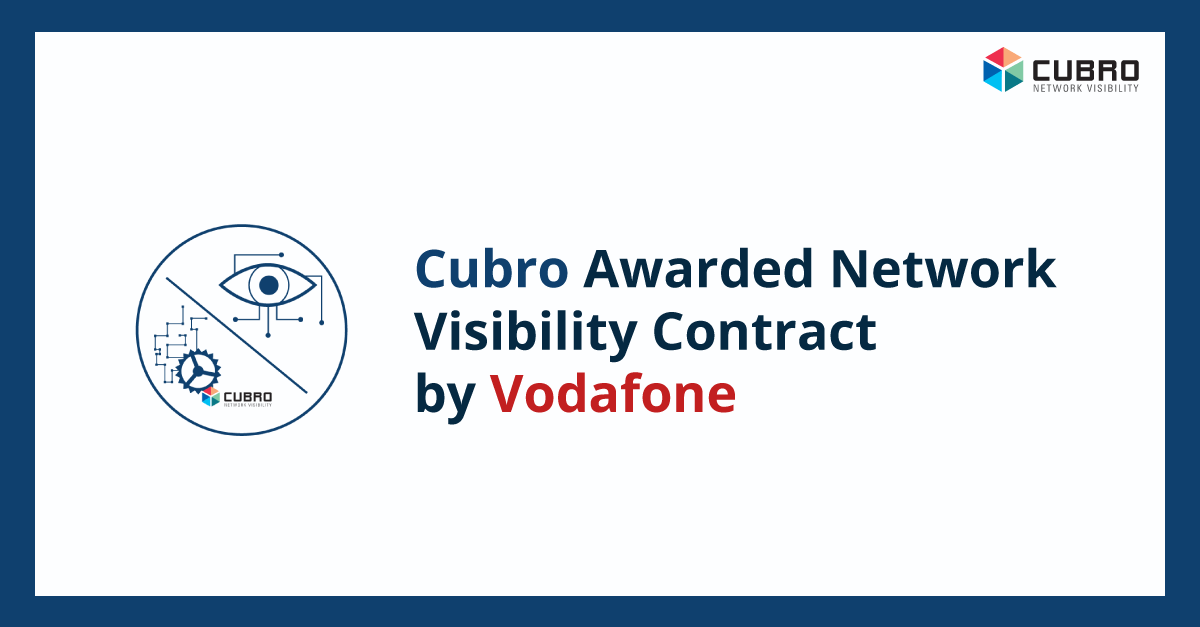Next Generation Network Visibility
20+ Years of Innovation & Experience
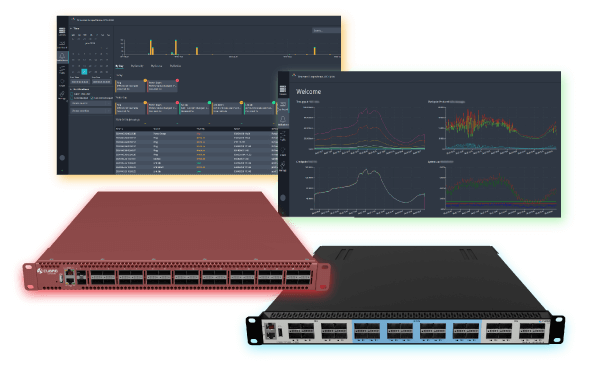
Cubro delivers innovative solutions which will assist you in bringing your network performance and security monitoring efforts to their peak level. Our network visibility solutions help to unlock valuable insights into your network traffic.
We are a world-leading manufacturer and supplier of network visibility products like Network TAPs, Network Packet Brokers, Bypass and Probes that provide network monitoring, security and analytics visibility solutions for Service Provider and Enterprise organizations.

Foundation of network architecture
Cubro visibility solutions are a key component for successful monitoring, security and analytics of initiatives including:
- 5G/4G/3G Service Assurance
- Customer Experience Management
- Digital Transformation
- Data Security
- Software Defined Networking
- Network Functions Virtualization
- Next Generation Virtualized Data Centers
- High Performance networks
The value Cubro provides

Retain existing and
win new customers

Manage costs &
increase ROI

Protect data and
shareholder value

Achieve regulatory
compliance

Improve business
operational flexibility

Reducing the cost
of network monitoring
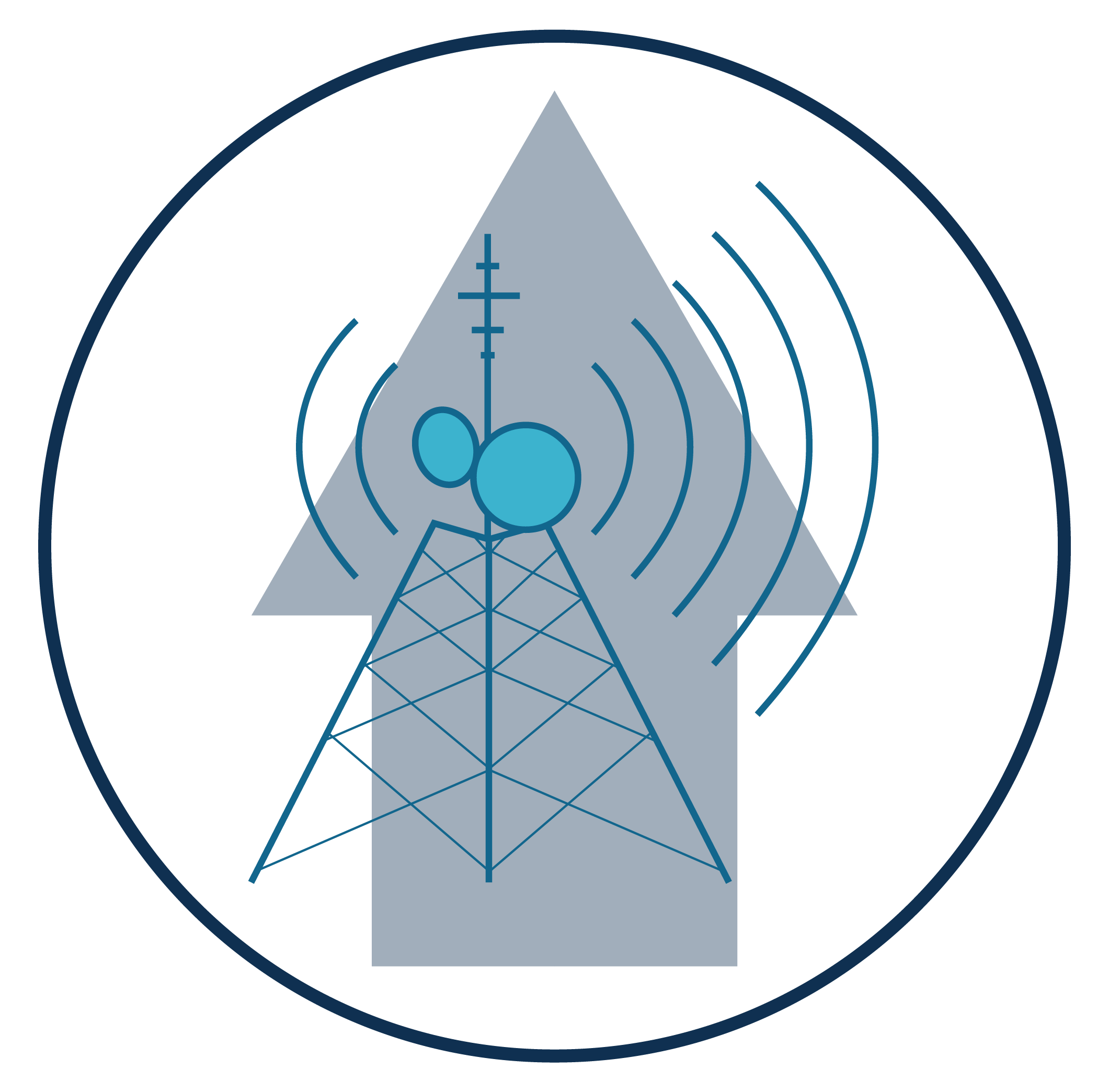
Improving Telecom and
IT network uptime

Boosting the quality of
service and SLA management

Enhancing network security
and business continuity

Improving speed & flexibility
of assets’ deployment
Tailored Solutions for Your Business Needs
As organizations and individuals rely more on IT services, the demand for faster and high-performance networks has increased. Cubro offers tailored solutions for various sectors.

Service Providers
Enterprise

Data Centers

Government Organisations
What’s new at Cubro
Our Technology Partners





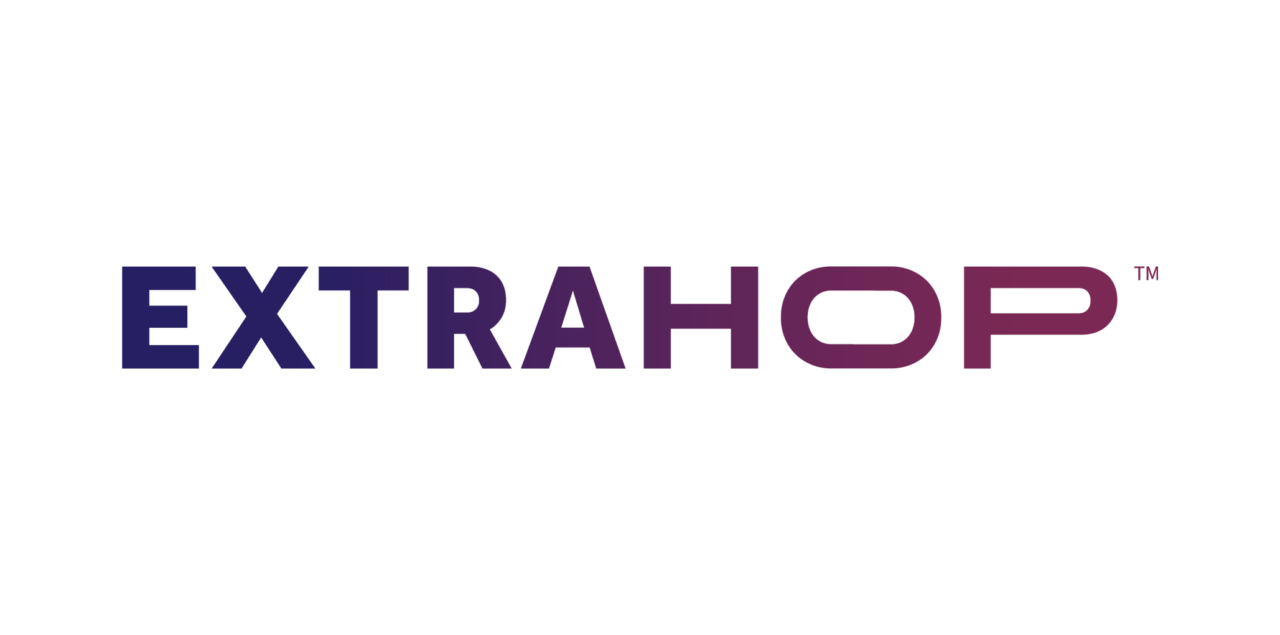
We are trusted by world’s leading companies

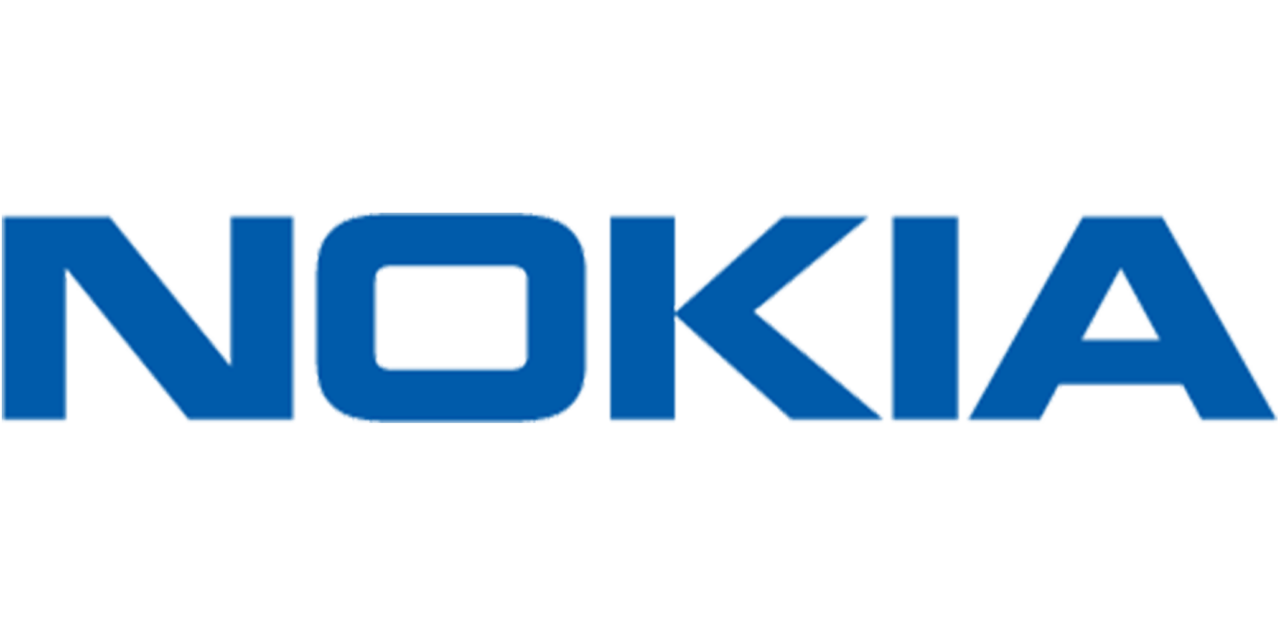
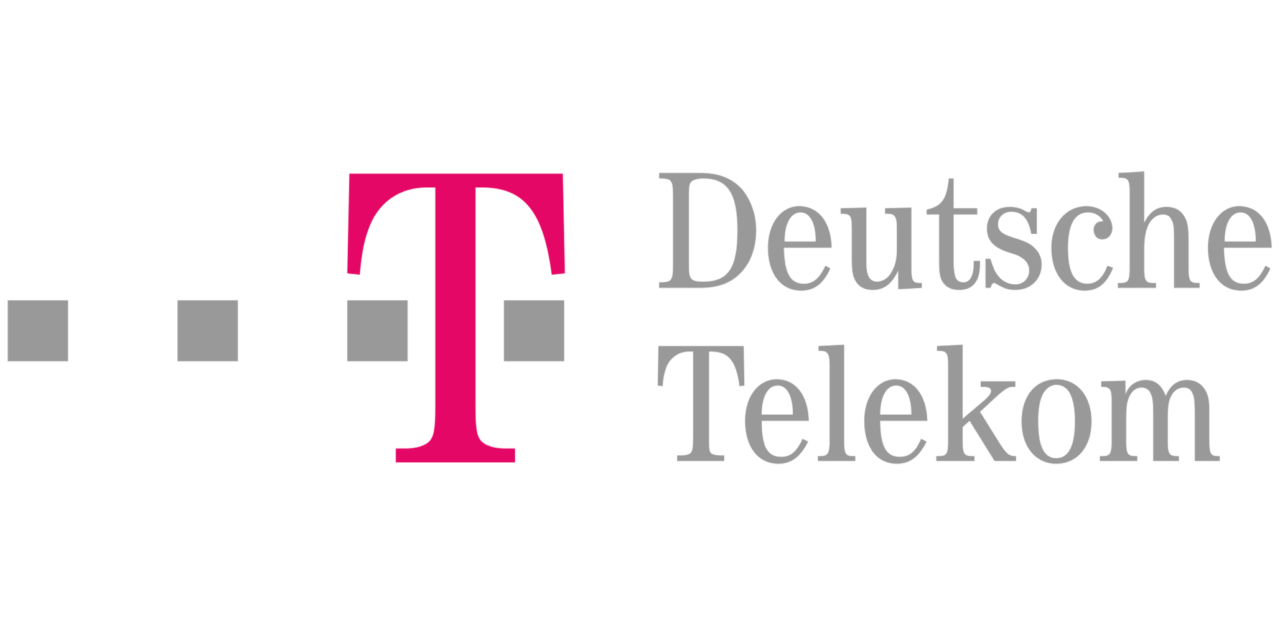
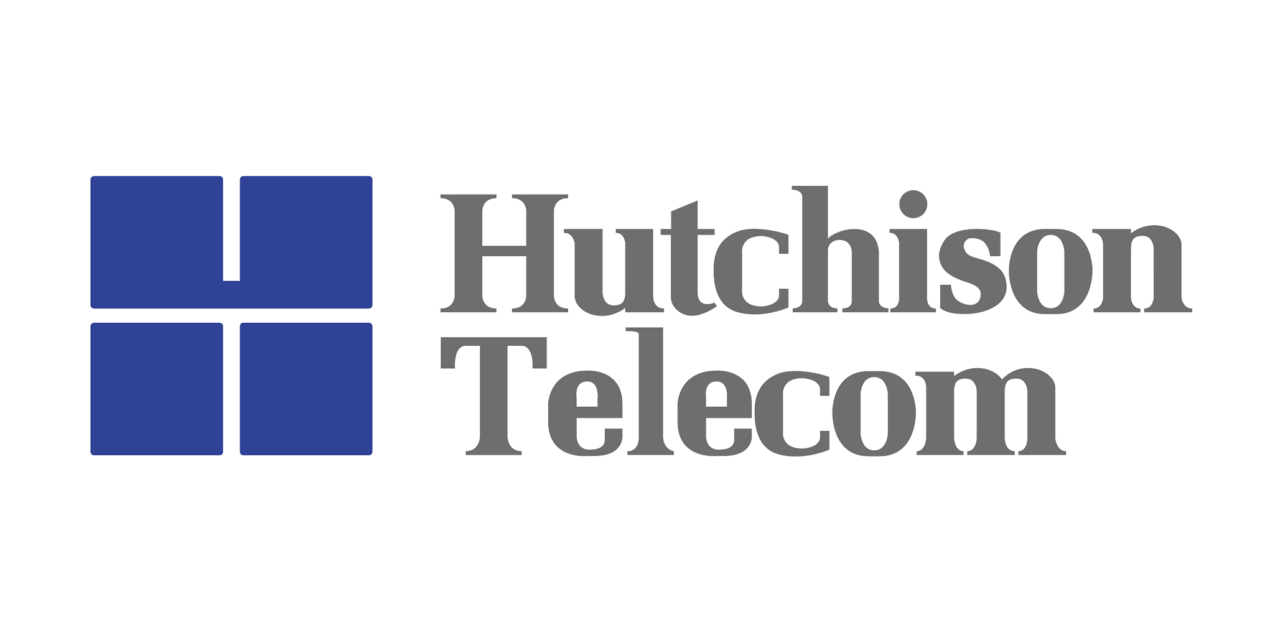
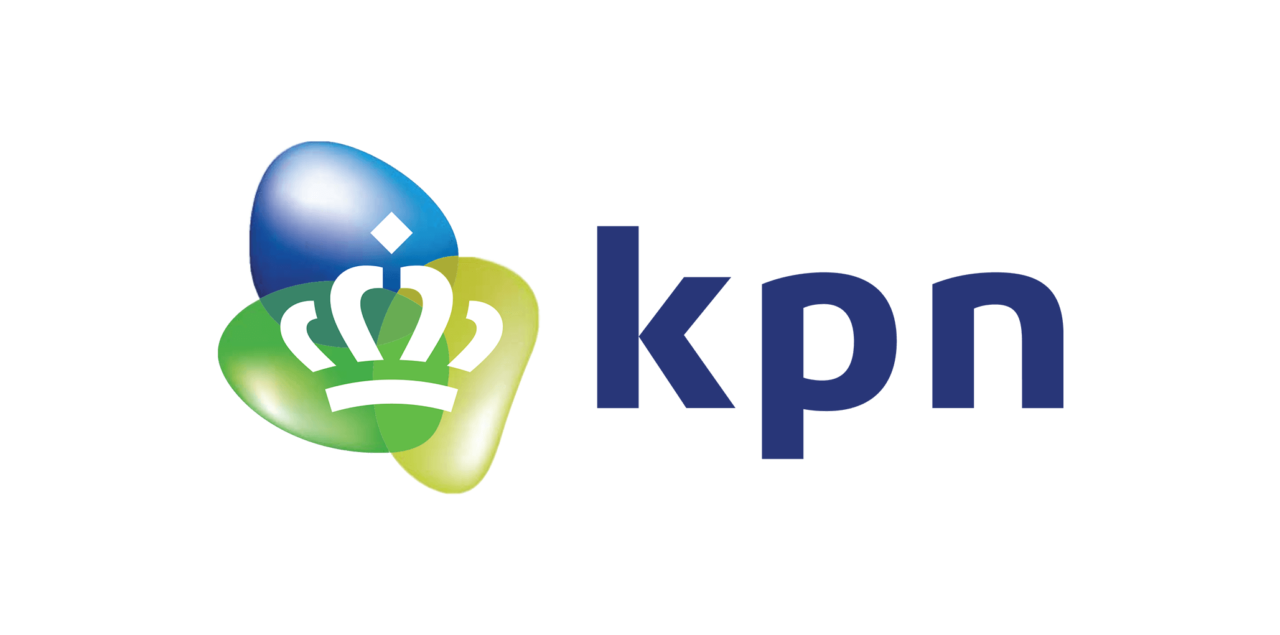
Vassilis Likourgiotis, Head of Customer & Performance Management department at Vodafone.

Our newsletter provides thought leadership content about the industry. It is concise and has interesting content to keep you updated with what’s new at Cubro and in the industry. You can unsubscribe anytime with a single click.
This site is protected by reCAPTCHA and the Google Privacy Policy and Terms of Service apply.


